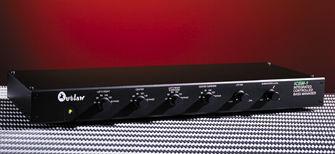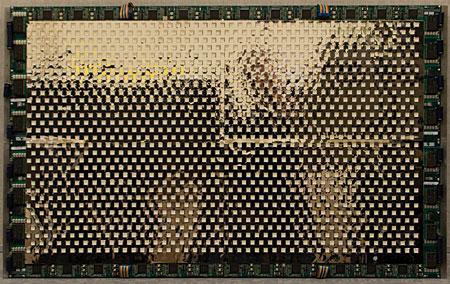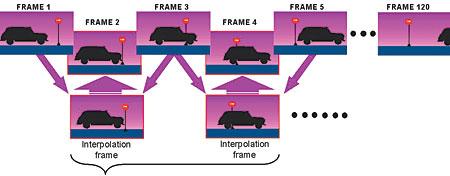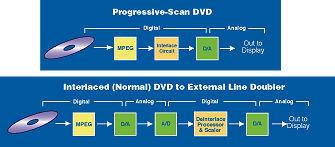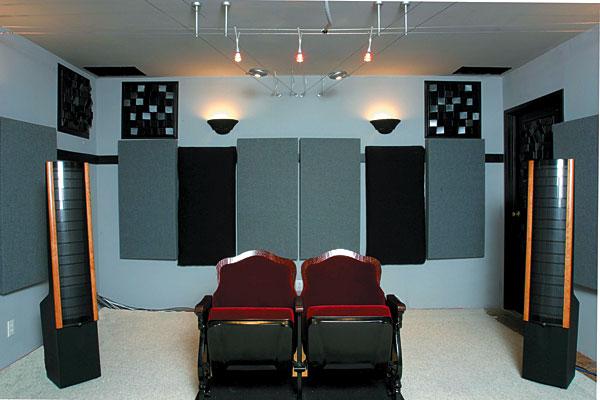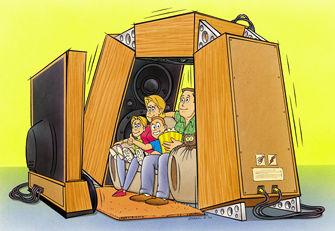AV Glossary
Sort By: Post DateTitle Publish Date
|
Jan 03, 2002 |
First Published: Jan 04, 2002
|
Jul 02, 2001 |
First Published: Jul 03, 2001
|
Feb 26, 2008 |
First Published: Jan 26, 2008
|
May 02, 2001 |
First Published: May 03, 2001
|
May 08, 2005
|
May 09, 2002 |
First Published: May 10, 2002

